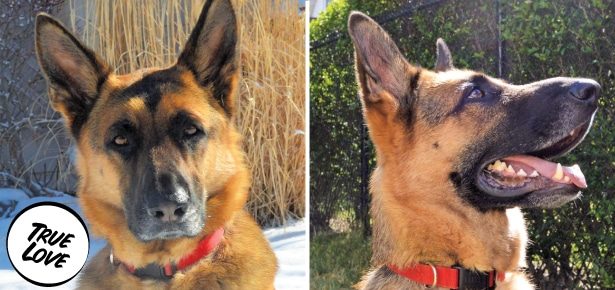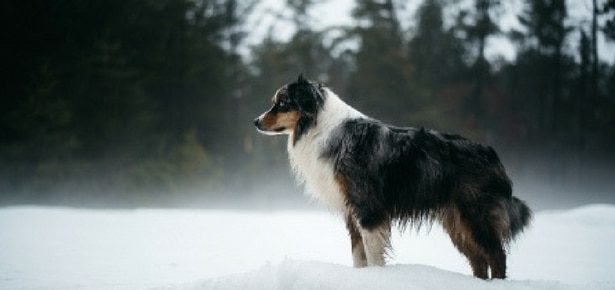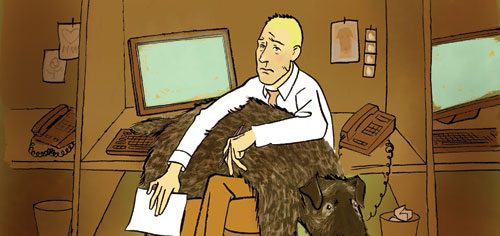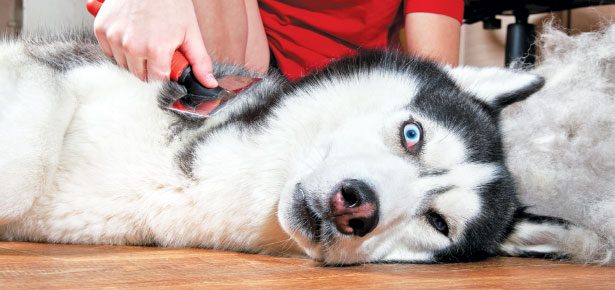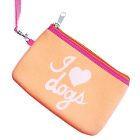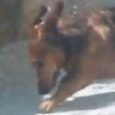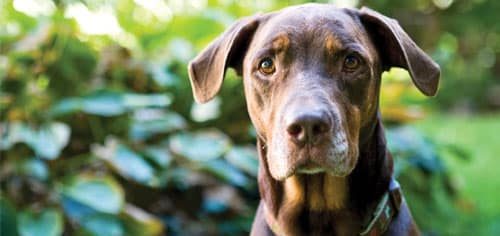
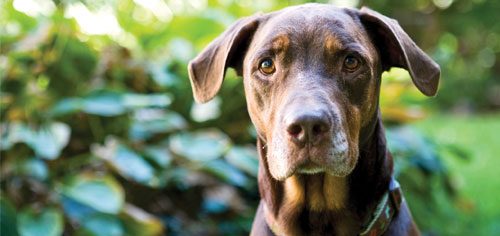
How To Take Better Photos Of Your Dog
A professional dog photographer shares her secrets
Taking great pictures of your furry friends can be challenging. Even with the most cooperative subject, you must take other elements into consideration to turn an average snapshot into a captivating photo. As a professional pet photographer, I’m frequently asked for tips on how the amateur can get better photographs of his or her menagerie. If you keep in mind the rules listed below, you’ll avoid common mistakes, see a vast improvement in your output, and be on your way to capturing great images of your pup.
You light up my life
Location, location, location? It’s really more about lighting.
Photography isn’t about location, expensive equipment or perfect poses. It is really all about lighting. Beautiful photographs of your dog can be created anywhere, indoors or out. Because the most important element in either setting is finding the right light.
When photographing your dog inside, open all blinds and curtains so natural light will filter into your home. This way, you can avoid using the flash on your camera. A flash creates a harsh light that won’t look as nice as natural light. If you must use the camera’s flash, affix a piece of wax paper over it to soften the hard shadows it creates.
Perhaps your dog doesn’t like spending time in the most naturally-lit room? Put her favourite bed or blanket in the desired spot to help her feel more comfortable. You may have to wait a few days until she has settled into the new location.
Overcast days are the best for photographing your pet outside. The light on these days is even, creating soft shadows. This light is particularly ideal for photographing dogs with very dark coats, which are typically difficult to photograph because dark fur doesn’t reflect the light well. Bright, sunny days create harsh shadows and will cast unflattering light on your pet. The exception to this is shooting early in the morning or late in the evening when the sun is low and casts a beautiful warm light. If you are taking pictures on a sunny day, find a shaded area with no direct sunlight to position your dog for photographs.
One more time, with attitude
The key to success? Repetition and bribery.
Getting your dog to do what you want and cooperate is not always easy and can be extremely frustrating. When setting out to photograph your pet, don’t think of the process as something that will be a hassle. Instead, think of it as bonding time coupled with an intense training session.
I have photographed all types of dogs and cats, from highly trained to ones with no training whatsoever. Some were so rambunctious, I wondered if I would be able to get a single shot that wasn’t blurry. Nonetheless, I’ve never met an animal that I wasn’t able to photograph. The key is repetition. Use whatever motivates your dog to sit, lay, roll over, or bark. There is nothing wrong with using a bribe of toys or treats to get your four-legged friend to behave. Be persistent and don’t give up; your dog will eventually understand what you are asking him to do and cooperate.
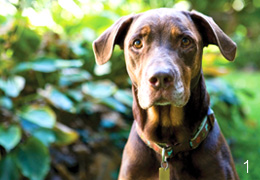
Photographing your dog is not only an exercise in training, but also good exercise for you. Move around to find the best angle for the photograph. Don’t just stand above your dog: get down to her eye level by sitting, kneeling, or lying on the floor. It is also important when finding the best angle for your dog to take the background into consideration. Eliminating distractions in the background can help turn a snapshot into a beautiful photograph, so pay attention to what is behind your pet to avoid ugly or distracting elements ruining the shot.
Many problems in the background can be eliminated by adjusting the camera’s angle or using a longer lens. Get down low to use the sky as a background or shoot down for an even background with the floor or grass. Using a longer lens means zooming into the subject, filling the frame with your pet and reducing the area around her, thus leaving less room for distraction. Additionally, be aware of colors that clash and lines of objects that dissect your subject. (See photo 1)

Don’t forget to capture the individual parts of your dog that you love. Search for interesting angles of your dog’s details. Zoom in to capture just his wet nose, curly tail, or expressive eyes. Check your camera to see if there is a macro/micro setting that will allow your camera to focus when shooting this close to your dog. If your camera will not focus in as tight as you’d like, back up, get the shot, and crop the final image. (See photo 2)
The more, the merrier
If you thought photographing one dog was hard, try a whole group of them. When facing this kind of challenge, enlist a team to help you corral the dogs. Give each person specific directions on how to handle the 
Capturing the right moment also relies on timing: pushing that camera button at the right second. If your camera has a long delay, this can be a problem. You may be pressing the shutter at the right second, but the image captured will be after that perfect moment. Check your camera’s manual to see if the shutter speed can be set independently. If so, set it to the speed of 125th of a second or higher. Otherwise, set your camera to shoot in the sports mode, perfect for fast-moving objects (like your dog!). (See photo 3)
When opportunity knocks
Does your dog freeze every time you put a sweater on her? Does she play 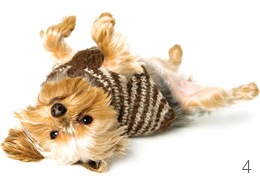

Is your dog afraid of the camera? Does he look away every time you put it in front of him? Many dogs will look away the moment you bring the camera in front of your face. Trick your pup into believing you are not taking pictures of him. Begin by taking pictures with your camera at waist level and not looking in his direction. Once he stops turning away from the camera at this level, raise the camera, in increments, closer to your eye level. This process could take days or even weeks. You’ll probably end up with many bad pictures but the exercise will lead to a dog that is no longer camera-shy. (See photo 5)

When photographing spontaneous moments, you can’t always take these rules into consideration. It is better to capture the moment and have a distracting background rather than miss the moment and not have a photo at all. When you have captured a great moment of your pet but there are elements making it a bad image, try converting the image to black and white. A distracting background, competing and clashing colors in the picture, and red-eye can often be muted with this conversion. Black and white can give your photos a timeless feel that stands out. (See photo 6)
The most important advice
Always have fun! If you’re having a good time, your dog will, too, and your pictures will capture that happiness.
Join the newsletter and never miss out on dog content again!
"*" indicates required fields
By clicking the arrow, you agree to our web Terms of Use and Privacy & Cookie Policy. Easy unsubscribe links are provided in every email.
